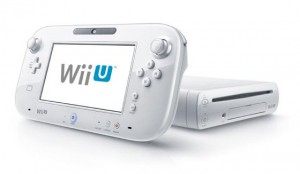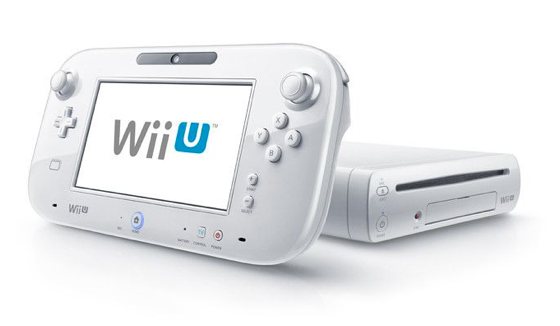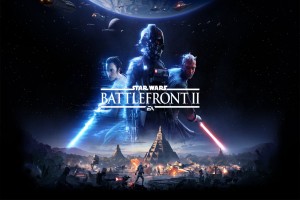 Currently it has been six years since the launch of the current generation of video game consoles. Nintendo is the only company to have officially announced their new system, dubbed Wii U. Gamers are beginning to wonder when the other companies will announce competition for the console market. The previous console generation lasted roughly five years, which has caused this lingering life cycle to evolve current systems in ways few could have imagined.
Currently it has been six years since the launch of the current generation of video game consoles. Nintendo is the only company to have officially announced their new system, dubbed Wii U. Gamers are beginning to wonder when the other companies will announce competition for the console market. The previous console generation lasted roughly five years, which has caused this lingering life cycle to evolve current systems in ways few could have imagined.
It is clear that the 2013 Electronic Entertainment Expo (E3) will reveal the next generation for both Nintendo competitors; Sony and Microsoft. But for the time being, the general public remains unsure of the next move for these industry giants. It is unknown what these companies will focus on or how these choices will retroactively shape the next half decade of gaming. In order to grasp the significance of what will be revealed it is important to reflect on the past by examining what makes the current generation special. By focusing on the promise that these consoles once held instead of analyzing the erosion of this marketplace, an optimistic forecast can be created and a new hope attained.
Perhaps this generation will best be known as the generation of iteration. This generation wasn’t the first to implement high definition graphics, online play, or having a built-in operating system. Instead, this generation (which is widely regarded as the seventh generation for home consoles) refined these areas. Nearly every year both PlayStation 3 and XBOX 360 have made changes; whether through adding trophies, new ways of controlling the system or a complete overhaul of the user interface, each update has fundamentally changed how the player interacts with their system. These past few years proved that the player’s experience did not deteriorate even though the plastic below their TV did.
All modern systems are developed from the ground-up to support online capability, and this infrastructure is looming over every game. Online multiplayer is no longer a bonus but an expectation, and nearly every game allocates resources to bolster the online multiplayer experience over the single player experience. The outcome of many games was a lackluster multiplayer experience, and a bad fit for the game itself that detracted from the overall enjoyment for the game. For example Dead Space 2, which had a Metacritic.com rating of 90% for XBOX 360, had one consistent complaint from players and critics alike was that the multiplayer felt tacked-on and pointless. The result was that servers were virtually empty just weeks after initial release.
It is irrefutable that this generation led to a growth in game development, though. Not only in adding fresh content, such as expanding on new gameplay modes, but in adding new buzzwords such as “dynamic combat” and “co-op only missions.” There is also a new expectation that all games should run fluidly at 720P. This caused a rapid rise in cost. It became clear that only games that were successful in implementing these expectations would see profit.
With greater risk brought the end of “B Grade” games. “B Grade” games are referring to games with lower budgets than triple A releases and often have a stigma of a lower quality product. The lower budget of these titles allowed the developers to take risks that a triple A game wouldn’t. This led to the creation of many quirky franchises that are still around to this day, such as Katamari Damacy. However, as costs of development were raised, the gamble became too much for many companies which was one reason that led to the death of “B Grade” games.
The death of “B Grade” games can also be attributed to the rise of digitally distributed games. The continuation of this article will explore how independent (indie) games have begun to reshape the game industry, and what unlikely system proved to be the key to introducing the masses to the indie movement.




